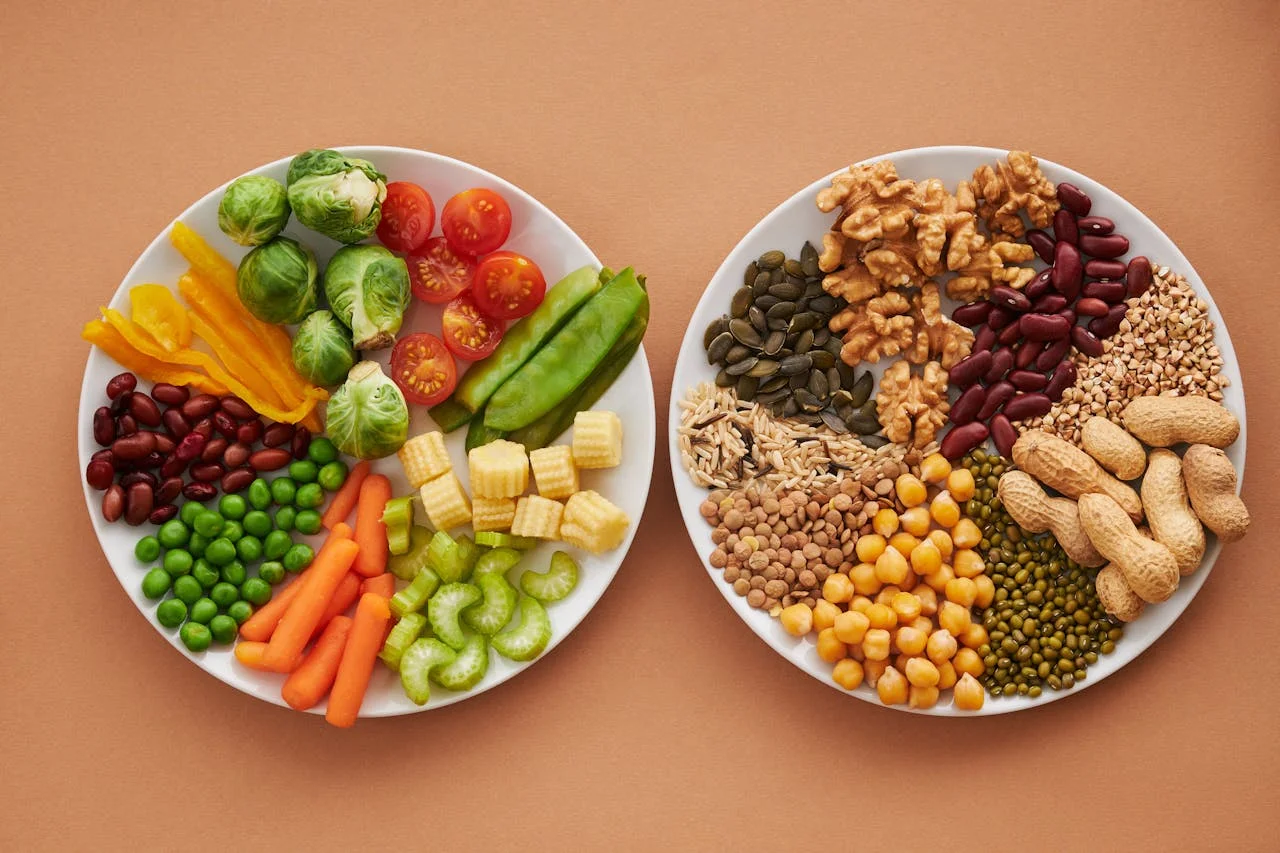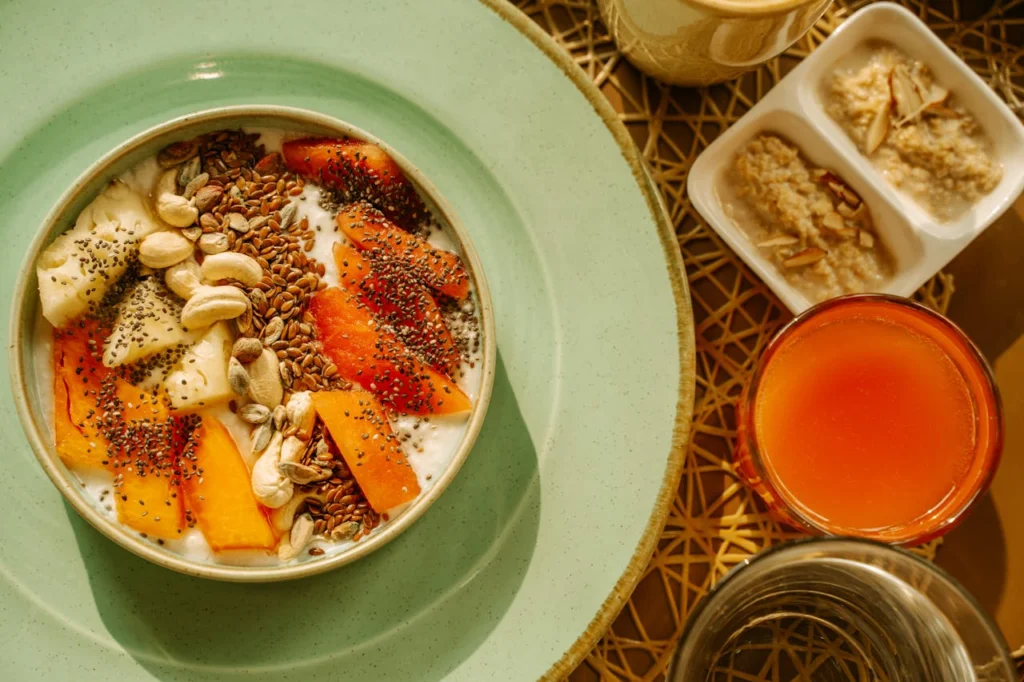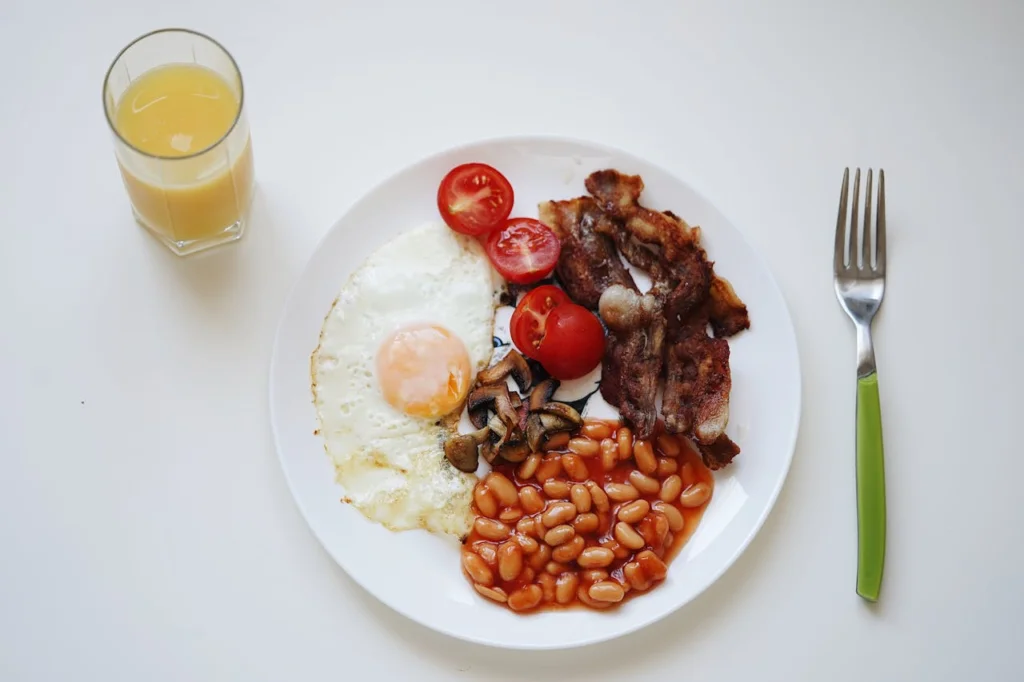
Hey there! Are you tired of feeling hungry an hour after eating? Or maybe you’re looking for ways to keep your energy steady throughout the day? You’re in the right place! Protein is your secret weapon for staying satisfied and energized, and I’m here to share some fantastic foods that’ll help you feel your best.
Think of protein as your body’s building blocks and fuel stabilizer all rolled into one. It helps repair your muscles, keeps your blood sugar steady, and sends those “I’m satisfied” signals to your brain. Pretty amazing, right?
Why Protein is Your Best Friend
Before we dive into the delicious foods, let’s talk about why protein deserves a starring role on your plate. When you eat protein, your body has to work harder to digest it compared to carbs or fats. This means you’re actually burning more calories just by eating it! Plus, protein helps you feel full for hours, not minutes.
Quick Protein Facts That’ll Make You Smile:
- Protein takes 20-30 minutes for your brain to register fullness (so eat slowly!)
- It helps maintain muscle mass as you age
- Eating protein with carbs slows down sugar absorption
- It supports better sleep quality
Your Top 10 Protein Powerhouses

1. Greek Yogurt (15-20g per cup)
This creamy delight isn’t just delicious – it’s a protein superstar! Greek yogurt has double the protein of regular yogurt and contains probiotics that support gut health. Try it with berries for breakfast or as a base for smoothies. Pro tip: look for plain varieties to avoid added sugars.
2. Eggs (6g per large egg)
Eggs are nature’s perfect protein package! They contain all nine essential amino acids your body needs. Whether you prefer them scrambled, boiled, or in an omelet, eggs are versatile and budget-friendly. Don’t skip the yolk – that’s where many nutrients hide!
3. Salmon (25g per 3.5 oz serving)
Salmon brings the perfect combo of high-quality protein and heart-healthy omega-3 fatty acids. It’s like getting two nutritional superpowers in one delicious package! Bake it, grill it, or add it to salads – your taste buds and body will thank you.
4. Chicken Breast (31g per 3.5 oz serving)
The classic protein champion! Chicken breast is lean, versatile, and budget-friendly. It’s like a blank canvas – you can season it any way you like. Try marinating it overnight for extra flavor, or add it to soups, salads, and wraps.
5. Lentils (18g per cooked cup)
These tiny nutritional powerhouses are perfect for plant-based protein lovers! Lentils are packed with fiber too, which means double the staying power. They’re fantastic in soups, curries, or even as a meat substitute in tacos. Plus, they’re incredibly affordable!
6. Quinoa (8g per cooked cup)
This ancient grain is actually a complete protein, containing all essential amino acids. It’s gluten-free and has a lovely nutty flavor. Use it as a rice substitute, add it to salads, or make a hearty breakfast bowl. It’s like the overachiever of the grain world!
7. Cottage Cheese (14g per half cup)
Don’t let its humble appearance fool you – cottage cheese is a protein powerhouse! It’s rich in casein protein, which digests slowly and keeps you satisfied longer. Try it with fruit, use it in smoothies, or even as a creamy pasta sauce base.
8. Almonds (6g per ounce, about 23 almonds)
These crunchy little gems are perfect for on-the-go snacking! Almonds provide protein plus healthy fats and vitamin E. Keep a small bag in your purse or desk drawer for those afternoon energy dips. Just remember, a little goes a long way!
9. Tofu (10g per 3 oz serving)
This soy-based protein is incredibly versatile and takes on the flavors you cook it with. Tofu is a complete protein and contains isoflavones that may support heart health. Try it grilled, scrambled, or in stir-fries. It’s like a culinary chameleon!
10. Turkey (29g per 3.5 oz serving)
Lean turkey isn’t just for Thanksgiving! It’s an excellent source of protein and contains tryptophan, which may help with sleep quality. Use ground turkey in place of beef, or enjoy sliced turkey in sandwiches and salads.
Protein Content Comparison
| Food | Serving Size | Protein (grams) | Calories | Best For |
|---|---|---|---|---|
| Chicken Breast | 3.5 oz | 31g | 165 | Meal prep, dinner |
| Turkey | 3.5 oz | 29g | 135 | Sandwiches, ground meat dishes |
| Salmon | 3.5 oz | 25g | 208 | Heart health, omega-3s |
| Greek Yogurt | 1 cup | 20g | 130 | Breakfast, snacks |
| Lentils | 1 cup cooked | 18g | 230 | Plant-based meals, fiber |
| Cottage Cheese | 1/2 cup | 14g | 90 | Late-night snacks, slow digestion |
| Tofu | 3 oz | 10g | 70 | Vegetarian meals, stir-fries |
| Quinoa | 1 cup cooked | 8g | 222 | Complete protein, gluten-free |
| Eggs | 1 large | 6g | 70 | Breakfast, baking |
| Almonds | 1 oz (23 nuts) | 6g | 164 | Snacking, healthy fats |
Making It Work for You

Now that you know these amazing protein sources, how do you actually fit them into your day? It’s easier than you think! Try to include a protein source with each meal and snack. This doesn’t mean you need to eat a chicken breast at 10 AM – think creatively!
Simple Ways to Add More Protein:
Breakfast: Add Greek yogurt to your smoothie or have eggs with your toast Lunch: Throw some chickpeas on your salad or have a quinoa bowl Snacks: Keep nuts handy or try cottage cheese with fruit Dinner: Make protein the star – salmon, chicken, tofu, or lentils
Daily Protein Distribution Guide
| Meal | Protein Target | Easy Options | Quick Ideas |
|---|---|---|---|
| Breakfast | 15-25g | Greek yogurt, eggs, protein smoothie | 2 eggs + toast, yogurt parfait |
| Morning Snack | 5-10g | Almonds, string cheese | 1 oz nuts, small yogurt |
| Lunch | 20-30g | Chicken salad, lentil soup, tofu stir-fry | Turkey sandwich, quinoa bowl |
| Afternoon Snack | 5-15g | Cottage cheese, protein bar | 1/2 cup cottage cheese + fruit |
| Dinner | 25-35g | Salmon, chicken breast, bean chili | 4 oz fish + vegetables |
How Much Protein Do You Really Need?
Here’s a simple way to estimate your daily protein needs:
Basic Formula: Your weight in pounds × 0.36 = minimum daily protein in grams
If you’re active: Your weight in pounds × 0.5-0.8 = daily protein in grams
If you’re trying to lose weight: Your weight in pounds × 0.7-1.0 = daily protein in grams
If you’re building muscle: Your weight in pounds × 0.8-1.2 = daily protein in grams
For example, if you weigh 150 pounds and you’re moderately active, you’d aim for about 75-120 grams of protein per day. That might sound like a lot, but when you spread it across your meals and snacks, it’s totally doable!
Listen to Your Body
Remember, these are guidelines, not rigid rules. Some days you might need more protein (especially if you’ve had a tough workout), and some days you might need less. The key is paying attention to how you feel. Are you staying satisfied between meals? Do you have steady energy? Are you recovering well from exercise? Your body will tell you what it needs!
You’ve Got This!
Remember, eating enough protein doesn’t have to be complicated or boring. Start with one or two of these foods that appeal to you most, and gradually add others. Your body will thank you with steady energy, better appetite control, and that satisfying feeling of being truly nourished.
The best part? You don’t need to be perfect. Even small changes like adding nuts to your salad or choosing Greek yogurt over regular can make a difference. You’re taking steps toward feeling better, and that’s something to celebrate!
What protein-rich food are you excited to try first? Your journey to feeling more energized and satisfied starts with your very next meal. You can absolutely do this – one delicious, protein-packed bite at a time!





Leave a Reply